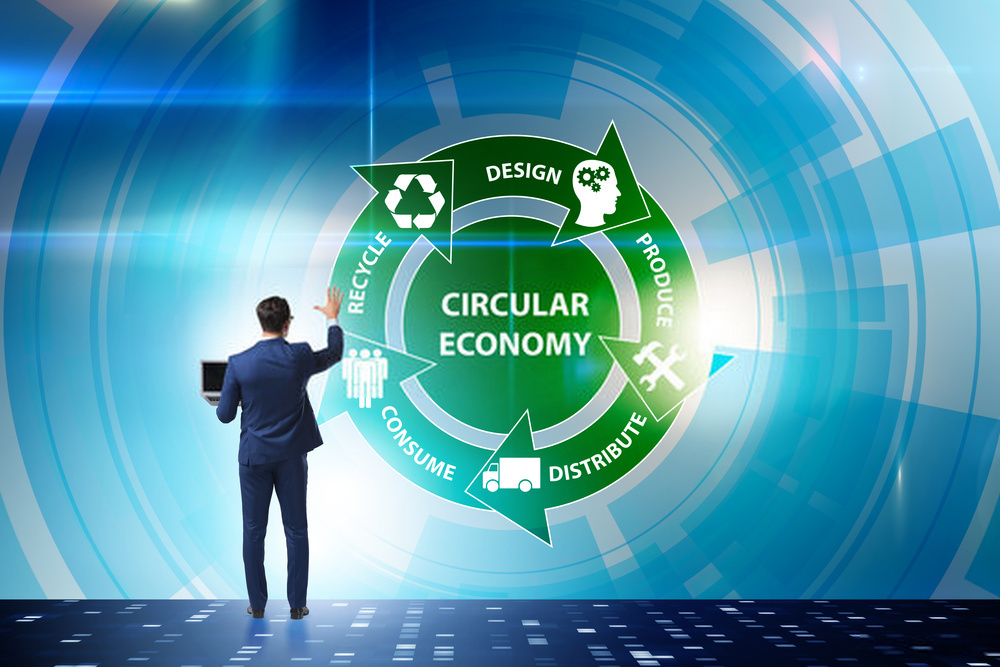
What’s Circular Economy?
Description
The circular economy takes the production procedures into account and summarises how to reuse, restore and recycle goods, subsequently increasing sustainable production and utilisation. As well as decreasing the amount of waste produced, saving energy and helping avoid irremediable damages caused to the environment and biodiversity, with regards to water, air and soil pollution, attributable to the utilisation of resources at a rate that surpasses the Earth’s ability to reproduce them. To alleviate the conceivable environmental outcomes, it is crucial to limit the production of waste and motivate the utilisation of natural resources, items and materials that would stay in the economy for a long period of time.
Steps That Can Help Organisations Establish a Circular Economy
Some of the crucial steps that can help companies establish a circular economy are:
- Engaging external shareholders – External shareholders, such as customers, usually play a significant part in driving circular initiatives (decreasing the consumption of raw materials by recuperating materials from different streams for reusing or recycling) to the top of the company agenda. For recycling solutions: Aco Recycling
- Provide strong and consistent top administration support – Top administration is the primary internal stakeholder for pushing circular initiatives. Without approval from the top administration, the association can not deploy the required financial resources. Managers need to understand the possible connection between circular initiatives, which can help reduce costs, open new opportunities and gain a competitive advantage.
- Explaining the concept and communicating the vision – Management needs to specify what circular means for the organisation, both deliberately and operationally. This would ground the idea and make it simpler for administrators to communicate with workers. The description of circular should be unique for each organisation and would assist with fostering a common understanding throughout the organisation.
- Distinguish certain ambitions and create a business case – Organisations that use circular techniques need to have a clear business case underlying it. Given that higher costs are still usually connected with circular activities or strategies, the business case is generally strongly connected to getting new consumers and improving existing consumer relationships.
- Begin with process innovation, accompanied by business model innovation – It is good to begin with the least disturbing change. Circular process innovations help organisations adjust around the circular vision. Afterwards, based upon that foundation of early achievement, it is similar to investigating new product opportunities.
- Educating workers – During the first year of change, managers ought to constantly support the significance of circularity with workers. Organisations should back up the discussion regarding the circular vision with training. For instance, individuals responsible for designing eco-friendly products ought to be educated in eco-design and techniques that can help extend the life of a product.
Some Of The Main Advantages of Establishing a Circular Economy
Some of the key benefits of establishing a circular economy are measures, for example, eco-design, prevention of waste and reusing products and materials help European Union organisations save money as well as help them reduce the number of greenhouse gases they emit or release into the atmosphere every year. Recently, the production of ideas we tend to utilise frequently in a day make up for 45 to 50 per cent of the carbon dioxide emissions. Switching to a more circular economy also helps reduce the pressure on the environment, increase competitiveness, increase economic growth (a growth of 0.5 per cent of GDP), create more job opportunities (600,000 more jobs in the European Union alone by 2030) and improve the supply of resources. Customers would also be provided with innovative and more reliable products that will help consumers save money in the long run.

